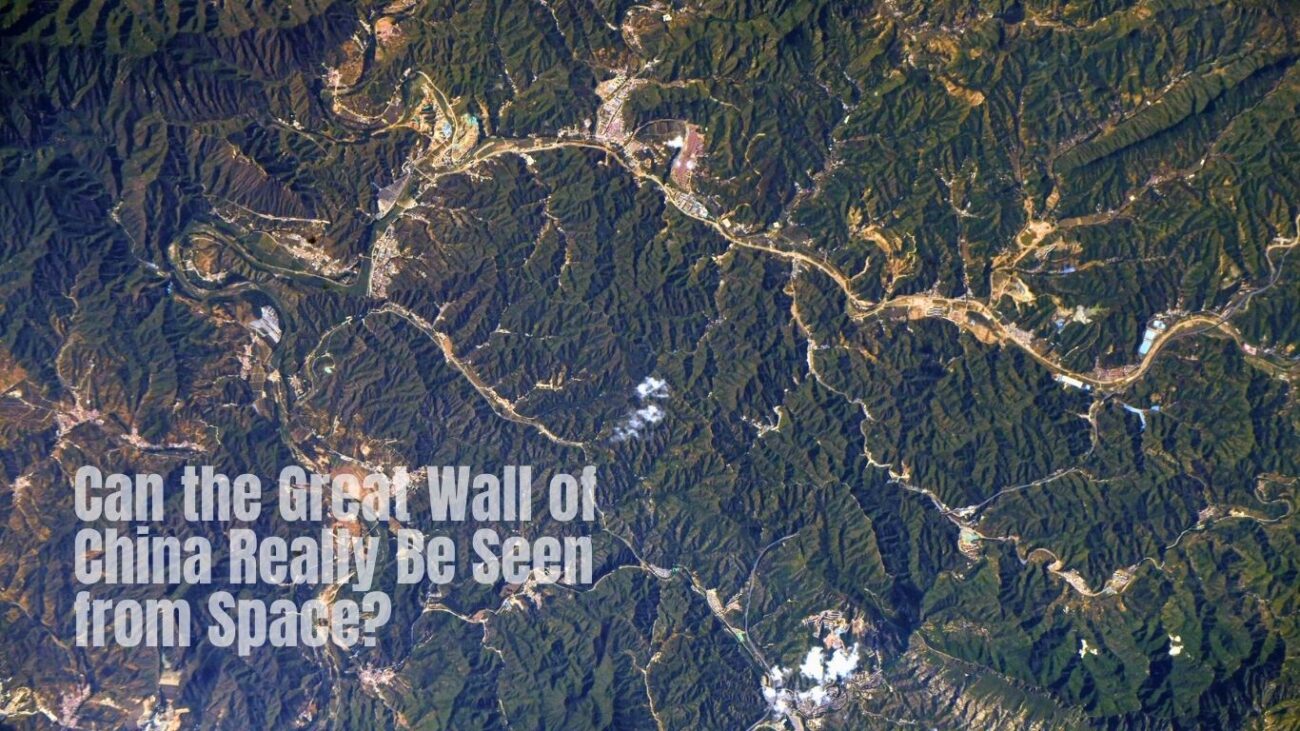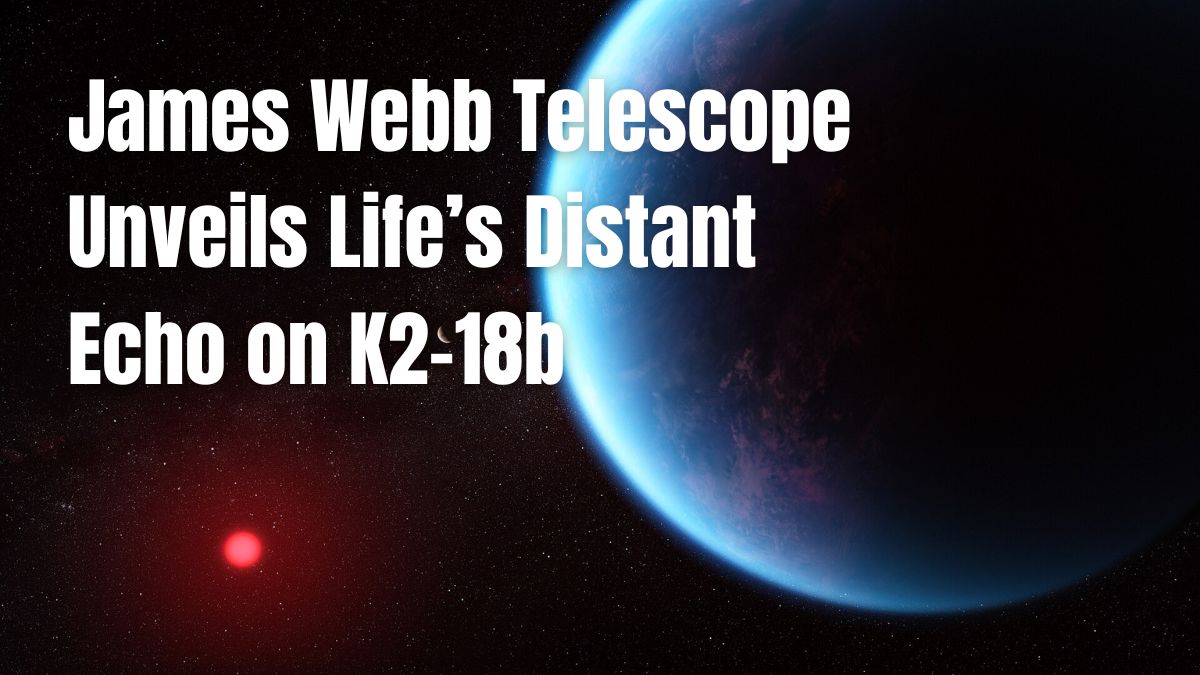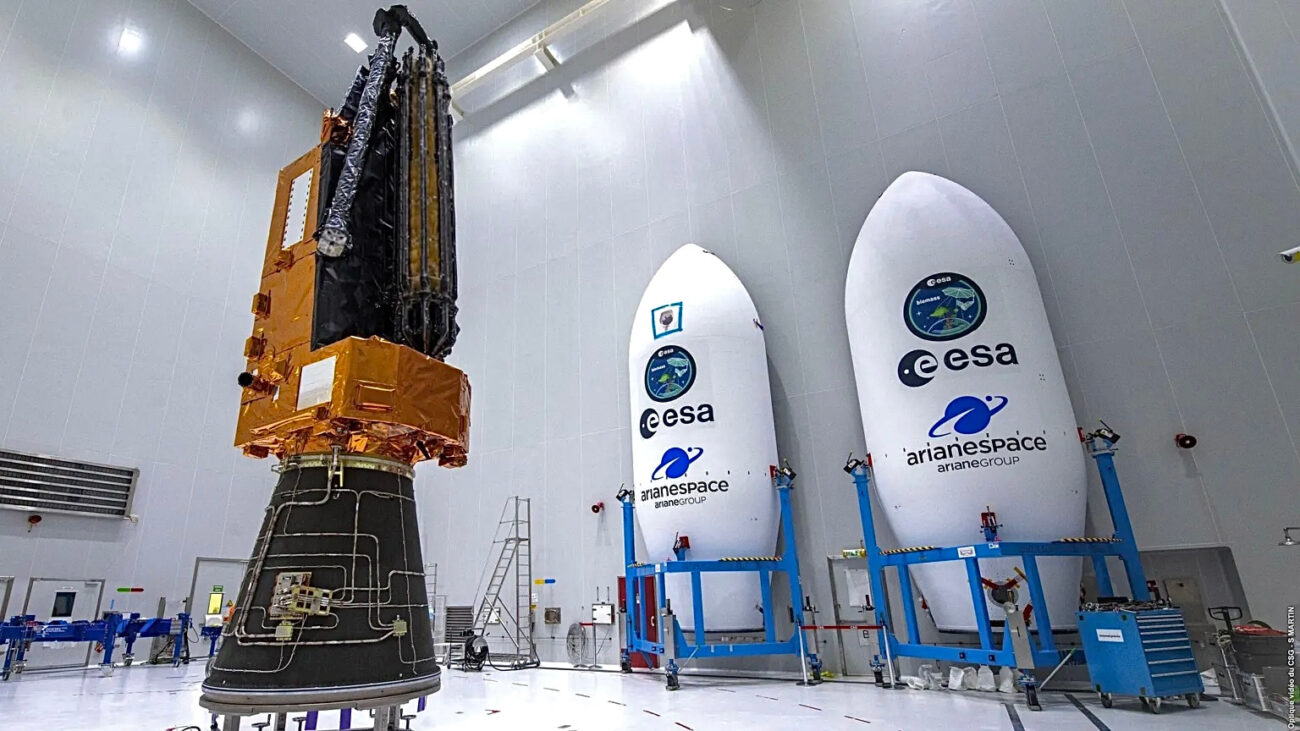Debunking the Myth That Fooled the World. The Great Wall of China, often hailed as one of the most iconic feats of human engineering, stretches over 13,000 miles across deserts, mountains, and grasslands. With its vast scale and ancient history, the wall has inspired awe for centuries. But one claim about it has stood out above all else: “It’s the only man-made object visible from space.”
It’s a statement that has been printed in textbooks, quoted in trivia games, and repeated by teachers and tour guides for decades. But is it actually true?
Let’s unravel the controversy behind one of the world’s most persistent space myths.
Origins of the Myth: A 20th Century Misconception
The idea that the Great Wall is visible from space predates the Space Age. In 1938, Richard Halliburton, a famous American travel writer and adventurer, wrote in his Second Book of Marvels:
“Astronomers say that the Great Wall is the only man-made thing on our planet visible to the human eye from the moon.”
This bold statement captured public imagination but was based entirely on speculation — long before any human had traveled beyond the atmosphere.
Fast forward to 1969, when Neil Armstrong set foot on the Moon. Naturally, people were curious: could he see the Great Wall from the lunar surface? His answer?
“I do not believe you can see the Great Wall of China from the Moon.”
Boom. The myth began to crack.
So, What Can You See from Space?
To answer that, we first need to define “space”. The Kármán line, about 100 kilometers (62 miles) above Earth, is widely considered the boundary of space. From that altitude, astronauts can see many man-made structures — cities at night, airports, major roads, and large buildings.
But the Great Wall? Not so much.
In 2003, Chinese astronaut Yang Liwei, the first person sent to space by China, was directly asked whether he saw the wall during his 21-hour space mission aboard Shenzhou 5. His response made headlines:
“I did not see the Great Wall from space.”
This was especially ironic because many Chinese were taught the wall was visible from space — it was even printed in Chinese school textbooks. After Yang’s comments, a national debate erupted, and the myth was eventually removed from educational material in China.
NASA Weighs In: A Matter of Contrast and Conditions
In 2004, astronaut Leroy Chiao, while aboard the International Space Station (ISS), took what was claimed to be the first confirmed photograph of the Great Wall from space. But even Chiao admitted:
“It’s not visible to the naked eye without aid — I used a telephoto lens.”
NASA has consistently stated that the wall is extremely difficult to see from orbit without ideal lighting and weather conditions. The problem isn’t just its color — which blends in with the surrounding landscape — but also its narrow width, often less than 30 feet across.
In contrast, airport runways, dams, and large highways are easier to spot due to their materials and reflective surfaces.
Why the Myth Refuses to Die
There are a few reasons the myth has lasted so long:
- Patriotic Pride: For China, the Great Wall is a symbol of resilience and ingenuity. The idea that it’s visible from space boosts national pride.
- Textbook Error Propagation: Once printed in educational materials, the idea spread for decades before being questioned.
- Human Fascination with “Firsts” and Extremes: We love trivia, and the idea that the wall is the only visible human-made object from space is just too good to let go.
Even shows like Ripley’s Believe It or Not! and popular documentaries helped amplify the myth throughout the 20th century.
Popular Figures Who Helped Spread (or Debunk) the Myth
- 🧭 Richard Halliburton – Originator of the claim in 1938
- 🌕 Neil Armstrong – Debunked the moon visibility myth in 1969
- 🛰️ Yang Liwei – Shocked the Chinese public with his 2003 statement
- 📸 Leroy Chiao – Took the disputed photo in 2004 from the ISS
- 🗞️ NASA – Officially clarified the visibility issue numerous times
- 🏫 Chinese Ministry of Education – Revised textbooks after Yang’s comments
Is It Visible or Not? The Final Verdict
From the Moon:
Absolutely not. You would need superhuman vision or a telescope. Even continents are barely distinguishable from that distance.
From Low Earth Orbit (LEO):
Possibly, but not with the naked eye. Under ideal conditions — clear weather, low sunlight angle, and the right location — parts of the wall might be seen with a camera zoom or binoculars. Still, it’s not the only human-made structure visible from orbit.
So, to be precise:
The Great Wall of China is NOT visible from space with the naked eye in normal conditions.
Other Structures More Visible from Space
Surprisingly, here are a few man-made objects that are more easily seen from LEO:
- Pyramids of Giza
- Palm Jumeirah in Dubai
- The Pentagon in Washington D.C.
- Runways at large airports
- Large dams like the Three Gorges Dam
All thanks to their shape, material contrast, and size.
Conclusion: More Than Just a Wall
The Great Wall of China doesn’t need the “visible from space” myth to be impressive. It’s one of the most extraordinary architectural achievements in history — winding across a continent and built over centuries by millions of workers.
The fact that it’s not easily visible from space makes it no less magnificent.
So next time someone throws out the “only man-made object visible from space” claim, you’ll have the facts — and the history — to set the record straight.
Sources & References:
- NASA Official Statements (nasa.gov)
- Leroy Chiao’s ISS photograph (2004)
- Yang Liwei’s Shenzhou 5 mission interview (2003)
- “Second Book of Marvels” by Richard Halliburton (1938)
- BBC News archives on the Chinese textbook revision (2004)
Parag Ferdus | habitablesolution.com


